On January 14, the Fraunhofer Institute for Photonic Microsystems (Fraunhofer IPMS) announced the development of a new stacked OLED technology designed for use in microdisplays, achieving ultra-high brightness levels.
In augmented reality (AR) applications, especially for smart glasses used in daylight environments, displays need to be exceptionally bright to ensure content remains clearly visible. However, achieving high brightness is challenging due to significant light losses in optical systems (such as AR glasses) and power limitations in wearable devices. As a result, high brightness and low power consumption have become crucial development goals for AR applications.
Fraunhofer IPMS has now introduced a high-efficiency monochrome OLED microdisplay that achieves brightness exceeding 70,000 nits. On a reference substrate, the stacked OLED even reached over 200,000 nits.
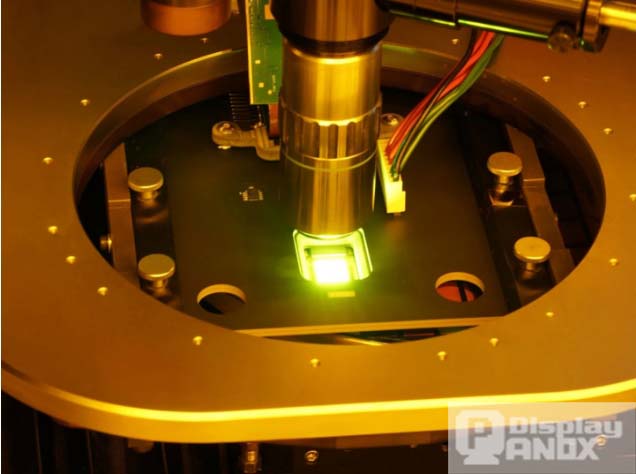
Doctoral researcher Johannes Zeltner of Fraunhofer IPMS explained, This outstanding brightness is achieved through stacked OLED layers. The OLED units are connected in series, and each added layer increases brightness without increasing the current density in the component. This approach not only supports extremely high brightness but also extends lifespan by reducing current density at a given brightness. For example, in tests at 50,000 nits, the LT95 lifetime (time until brightness decreases by 5%) increased significantly from 900 hours with a single OLED layer to 1,300 hours with a two-layer stack.
The institute initially evaluated the current efficiency and brightness of 1-layer, 2-layer, and 3-layer stacked OLEDs on passive test substrates. The technology was then successfully transferred to a 0.62-inch SXGA-resolution CMOS backplane, making it suitable for commercial micro OLED screen and mini OLED display production.
However, further research introduced new challenges. In conventional OLED displays, the distance between sub-pixels is typically several tens of microns. In contrast, microdisplays have pixel spacings of only a few hundred nanometers. This can lead to pixel crosstalk between adjacent pixels, especially in displays with thicker stacked OLED structures. Researchers are still exploring ways to mitigate this issue.
The experiments also showed that multi-stack structures enable narrowband high-brightness emission.
The spectral output can be tuned for specific optical concepts, such as waveguides or holographic elements an important feature for testing AR applications and refining future optical modules.
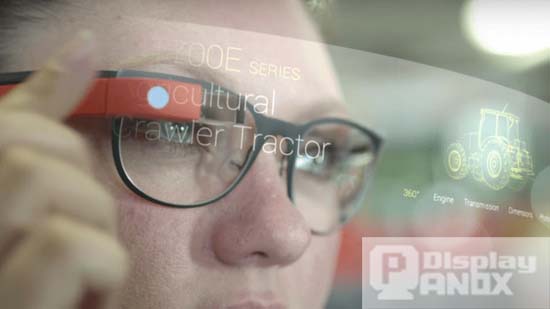
Researchers at Fraunhofer IPMS are confident that OLED technology is evolving toward greater brightness and extended lifespan, reinforcing its position in AR and VR applications. Nonetheless, challenges such as optical crosstalk, improved OLED materials, and novel backplane architectures require continuous innovation.
Fraunhofer IPMS is eager to share these results and collaborate with international partners to further enhance OLED microdisplay technology, aiming to integrate it into market-ready products and elevate it to the next technological level.

Verification Code*
Panox Display

Browse Articles by Category
OEM SERVICE
Customized Touch Panel

HDMI/Type-C Controller/Driver Board
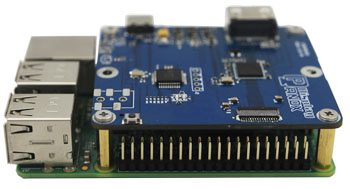
Custmized LCD/OLED
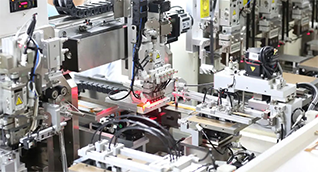
Free Connectors
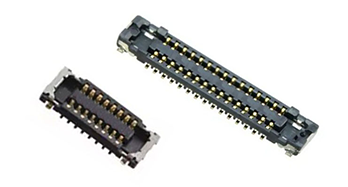
Find a Display to Fit Your Application
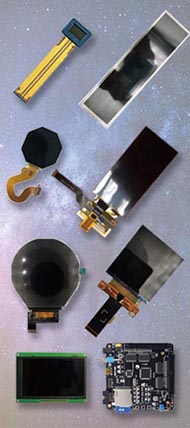
For More OLED/LCD Panels
Get the Latest Displays
If our display fit your application, subscrlbe for monthly Insights
We got your inquiry and will contact you within one work day.
If it`s urgent, try to contact
Whatsapp: +86 18665870665
Skype: panoxwesley
QQ: 407417798
If it`s urgent, try to contact
Whatsapp: +86 18665870665
Skype: panoxwesley
QQ: 407417798









